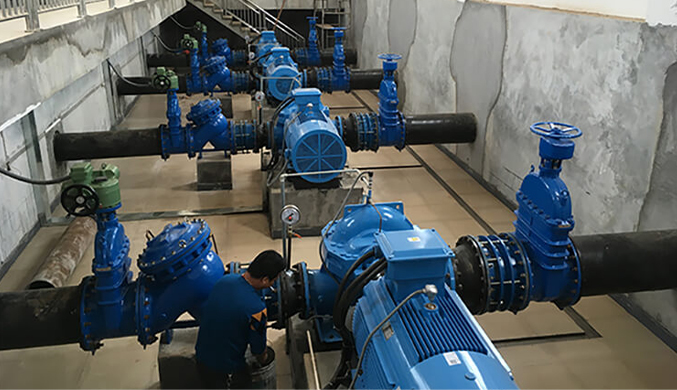English
- Afrikaans
- Albanian
- Amharic
- Arabic
- Armenian
- Azerbaijani
- Basque
- Belarusian
- Bengali
- Bosnian
- Bulgarian
- Catalan
- Cebuano
- Corsican
- Croatian
- Czech
- Danish
- Dutch
- English
- Esperanto
- Estonian
- Finnish
- French
- Frisian
- Galician
- Georgian
- German
- Greek
- Gujarati
- Haitian Creole
- hausa
- hawaiian
- Hebrew
- Hindi
- Miao
- Hungarian
- Icelandic
- igbo
- Indonesian
- irish
- Italian
- Japanese
- Javanese
- Kannada
- kazakh
- Khmer
- Rwandese
- Korean
- Kurdish
- Kyrgyz
- Lao
- Latin
- Latvian
- Lithuanian
- Luxembourgish
- Macedonian
- Malgashi
- Malay
- Malayalam
- Maltese
- Maori
- Marathi
- Mongolian
- Myanmar
- Nepali
- Norwegian
- Norwegian
- Occitan
- Pashto
- Persian
- Polish
- Portuguese
- Punjabi
- Romanian
- Russian
- Samoan
- Scottish Gaelic
- Serbian
- Sesotho
- Shona
- Sindhi
- Sinhala
- Slovak
- Slovenian
- Somali
- Spanish
- Sundanese
- Swahili
- Swedish
- Tagalog
- Tajik
- Tamil
- Tatar
- Telugu
- Thai
- Turkish
- Turkmen
- Ukrainian
- Urdu
- Uighur
- Uzbek
- Vietnamese
- Welsh
- Bantu
- Yiddish
- Yoruba
- Zulu
Telephone: +86 13120555503
Email: frank@cypump.com
Nov . 18, 2024 09:09 Back to list
Understanding the Structure and Function of Double Suction Pumps in Fluid Dynamics
Understanding the Double Suction Pump Diagram
Double suction pumps are essential components in various industrial applications, including water supply systems, heating and cooling, and irrigation. They are designed to move fluids efficiently while minimizing cavitation and ensuring stability. Understanding the diagram of a double suction pump is crucial for engineers, technicians, and anyone involved in the design or maintenance of pumping systems.
A double suction pump operates with two inlets, allowing fluid to enter from both sides of the impeller. This unique design provides several advantages over single suction pumps. First and foremost, the double suction configuration balances the hydraulic forces acting on the impeller, which significantly reduces radial loads on the bearings. As a result, these pumps can operate more smoothly and with less noise, extending their lifespan and reliability.
In a typical double suction pump diagram, you’ll notice several key components, including the casing, impeller, inlet flanges, drive shaft, and volute
. The casing is designed to enclose the impeller and provides a pathway for the fluid. The impeller itself consists of blades that rotate to impart velocity to the fluid, converting kinetic energy into pressure energy.double suction pump diagram

The two inlets are strategically placed on either side of the impeller in the diagram. This allows for an even distribution of fluid flow, further enhancing the pump's efficiency. The volute, which is a spiral-shaped section of the casing, helps convert the kinetic energy of the fluid into pressure before it exits the pump. This design is essential for ensuring that the fluid exits the pump at the desired pressure and velocity.
Another critical aspect of the double suction pump diagram is the discharge outlet. Positioned at the top of the casing, the discharge outlet directs the fluid into the system. Proper alignment and sizing of the outlet are vital to prevent backpressure that could affect performance.
The diagram may also include various accessories, such as suction strainers, pressure relief valves, and throttle valves, which contribute to the pump’s overall functionality and safety. These components help regulate the flow, prevent hydraulic shock, and protect the pump from operational anomalies.
In conclusion, a double suction pump diagram offers a visual representation of a sophisticated system designed for efficient fluid transfer. Understanding its construction and function allows professionals to optimize their applications, ensuring reliability and effectiveness in serving industrial needs. Whether for water treatment applications or large-scale irrigation systems, the principles outlined in the double suction pump diagram remain integral to modern engineering solutions.
-
Horizontal Split Case Pump with GPT-4 Turbo | High Efficiency
NewsAug.01,2025
-
ISG Series Pipeline Pump - Chi Yuan Pumps | High Efficiency, Durable Design
NewsAug.01,2025
-
Advanced Flue Gas Desulfurization Pump with GPT-4 Turbo | Durable & Efficient
NewsJul.31,2025
-
ISG Series Vertical Pipeline Pump - Chi Yuan Pumps | Advanced Hydraulic Design&Durable Construction
NewsJul.31,2025
-
ISG Series Vertical Pipeline Pump - Chi Yuan Pumps | Energy Efficient & Low Noise
NewsJul.31,2025
-
pipeline pump - Chi Yuan Pumps Co., LTD.|High Efficiency&Low Noise
NewsJul.31,2025










